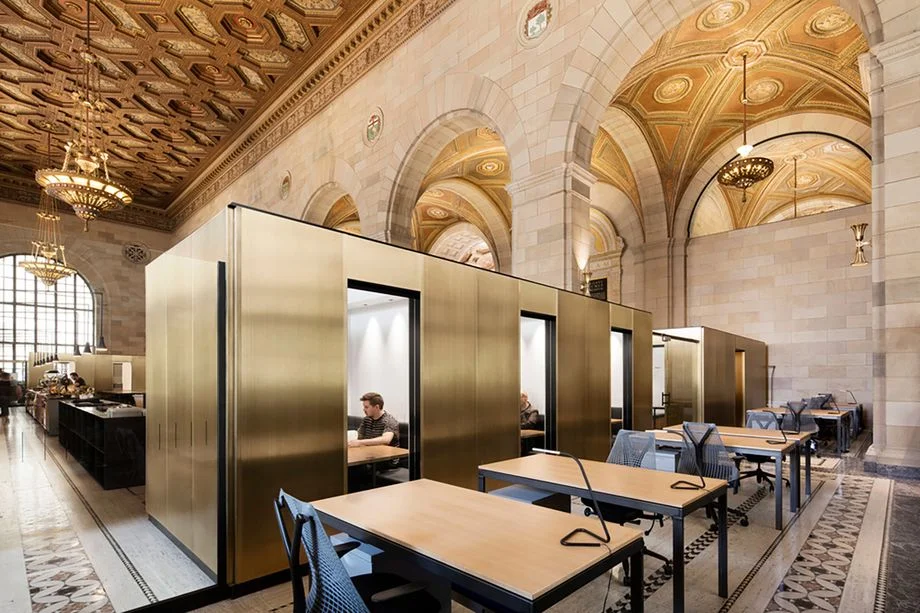Over the course of the next five years, the workforce as a whole is projected to become more diverse both in terms of inherent attributes such as age, race, gender, religion, socioeconomic background, as well as acquired traits, like cognitive viewpoints and life experiences. While part of this is due to increasing incorporation of diversity initiatives, it is also reflective of larger demographic shifts.
Expect to see changes to the composition of the workforce: more retirees returning to work (or simply staying on part time), employees seeking work/life balance and greater flexibility/autonomy, and the increased influence of the 1099 economy.

























